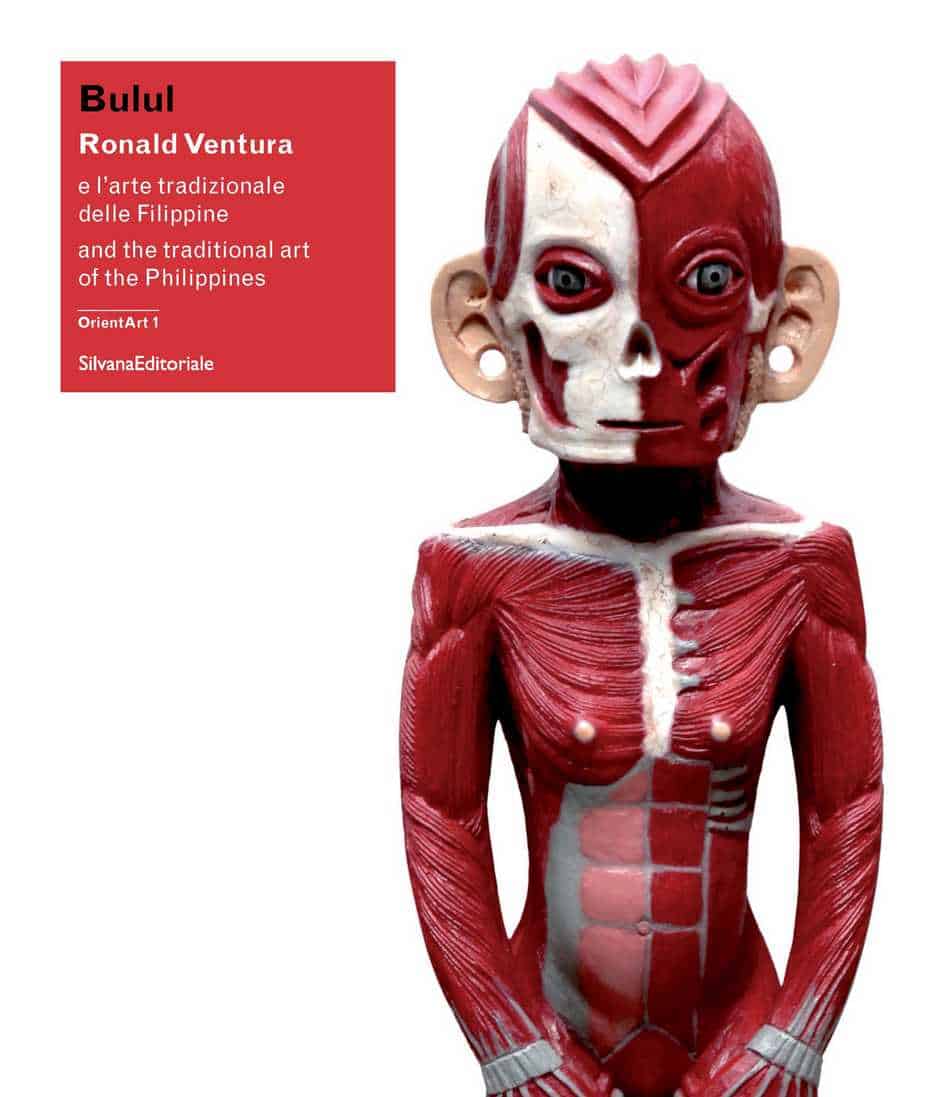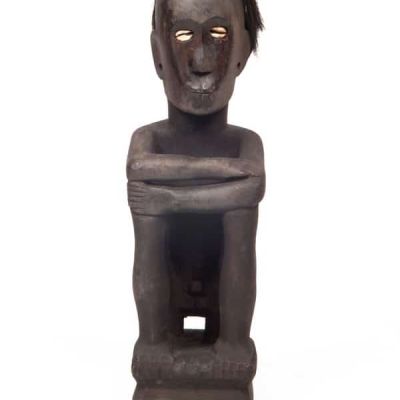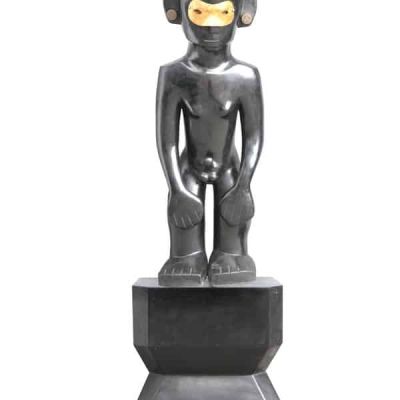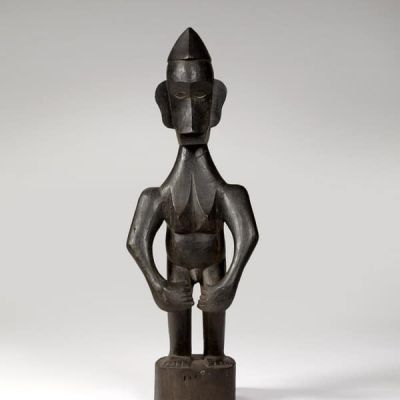HELENEUM LUGANO
The exhibition, staged on the second floor of the Heleneum, specifically explores the aesthetic and formal analogies between the language of Ronald Ventura – one of the most influential artists in Asia today – and the traditional art of the Philippines, which inspired Ventura and of which he is also a collector. In this way, Philippines culture is investigated and observed starting from the field study of the work of a major artist such as Ronald Ventura, of whom around 40 works are exhibited, including paintings (some specially made for the Lugano exhibition) and fibreglass sculptures. The exhibition takes its name from the wooden sculptures associated with the protection rites of the rice fields, known as bulul. The bursting contemporaneity of Ventura’s work is complemented by works produced by various Filipino ethnic groups from the mountainous province of Ifugao in the north and the Mindanao region in the south of the archipelago. A journey through beliefs and deities, from the pantheon of gods of the pre-Christian era, to Catholicism, to Islam. An itinerary marked by original artefacts from the Philippine collection of the Musée du quai Branly in Paris, which, together with the artist’s vision, offer multiple points of reflection on an extremely complex and varied culture.

Ronald Ventura was born in Manila in 1973. He is an artist with an academic background who, through a profound and introverted aesthetic research, conveys an original – and often surprising – combination of themes and quotations from traditional Filipino culture and pop elements from Western culture on his canvases and in his three-dimensional works. The combination of tradition and modernity, of which he is one of the leading interpreters in the art scene of South-East Asia, allows him to recreate atmospheres and suggestions of layered worlds, reflecting Philippine cultural syncretism. Of these worlds, through a mature mastery of heterogeneous techniques, he succeeds in rendering the dynamic movements and intersections. Thus, aspects, at times even hidden, that characterise contemporary society, between apocalyptic scenarios and animal figures, emerge forcefully from his works, in an unprecedented and intimate reading of globalised reality. In recent years, Ronald Ventura has attracted the attention and interest of the international public. His work has been presented in major exhibition spaces and art events around the world, including Galerie Perrotin in Hong Kong (2013), the Vargas Museum in Manila (2012), Tyler Rollins Fine Art in New York (2011), the Nanjing Biennial (2010), the Prague Biennale (2009) and the National University Museum in Singapore (2008). The success of Ronald Ventura’s work is also certified by the increasing prices of his works, which now exceed six-figure sums. In April 2012, at the Modern and Contemporary Southeast Asian Paintings auction in Hong Kong, Grayground fetched USD 1.1 million. In April last year, at the same event organised for the Modern and Contemporary Asian Paintings market, another work by Ronald Ventura – Eye Land – fetched USD 420,513.
The exhibition was preceded by a scientific seminar held at the Heleneum on 20 September 2013 and attended by Constance de Monbrison, curator of the Insulindia collections at the Musée du quai Branly in Paris and Patrick D. Flores, curator for contemporary art at the Vargas Museum of the University of the Philippines in Manila and professor of art history and criticism at the same university.
The “OrientArt” project intends to present the relationship between contemporary art from Asia and Oceania and the ideological and cultural context in which it moves. The main perspectives of the investigation are dual: the first intends to highlight the ideological interactions of the work of one or more artists with the traditions within which the different languages have developed; the second intends to explore the constituent elements of the contemporary imaginary and their transfiguration in the reasons for creativity, regardless of the genres of art with which it manifests itself.




